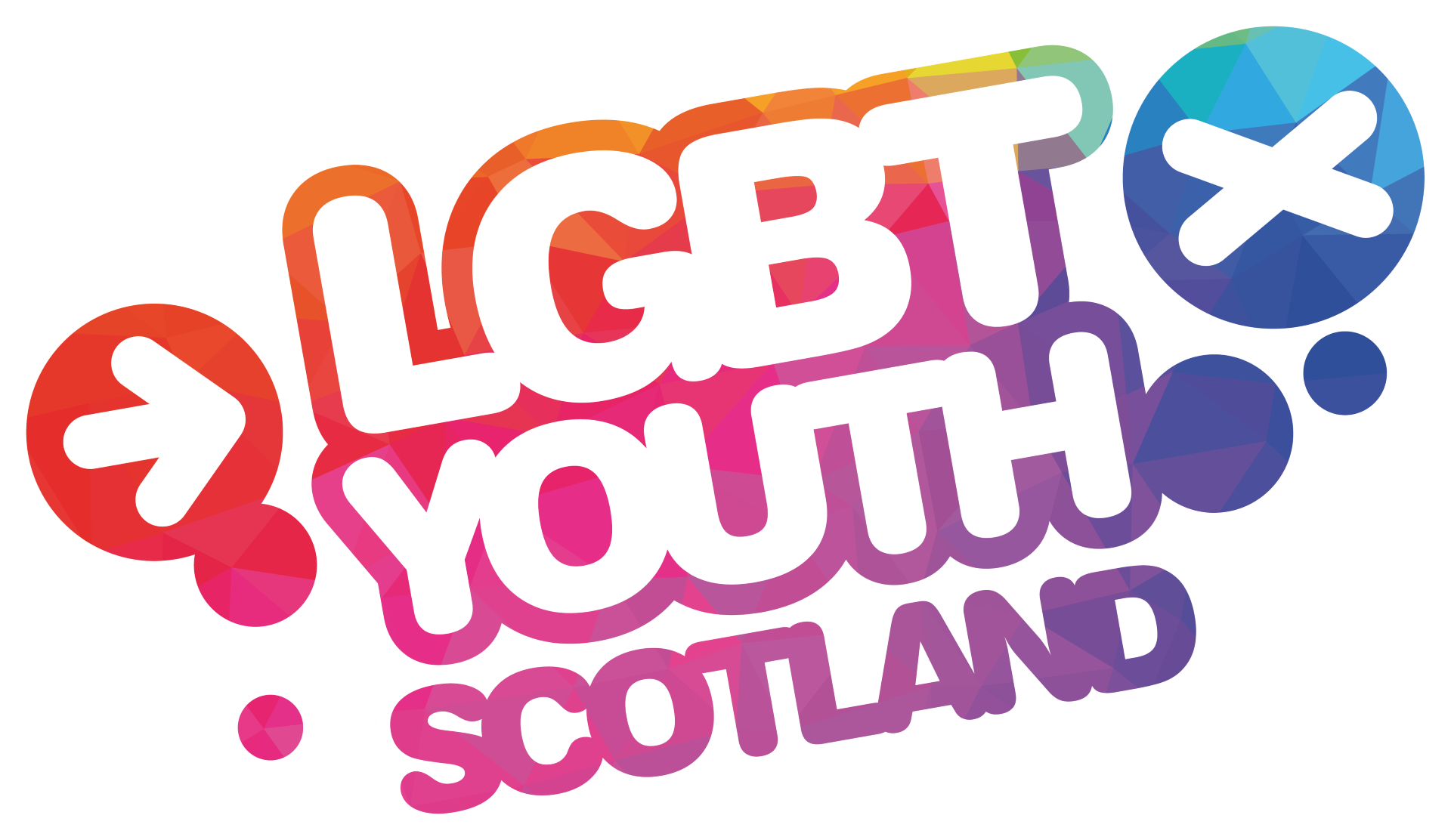A youth work guide to using Discord

Contributed by
LGBT Youth Scotland
Introduction
LGBT Youth Scotland is a national organisation for LGBTQ+ young people across Scotland. We believe Scotland can be a place where all young people can thrive and flourish, and we work alongside young people to remove those barriers; working with young people individually and amplifying their collective voices to influence change.
As youth workers, it is important that we go to where young people are. Our “Pride and Pixels” digital youth workspace has been running on Discord for the last 3 years. Discord is a really flexible platform with options for text, voice, and video chat. When deciding on a platform, we consulted our young people across the country and they told us that Discord was the place to be!
We use Discord for a whole range of purposes: to run online youth work sessions, to share information with young people, and to provide opportunities for young people to meet and connect with peers across the country. This guide will provide you with the steps to follow to use Discord to engage with children and young people.
Steps
Step One: Is Discord Right for You?
It’s much more effective to engage with young people on a platform that is already part of their daily lives, rather than persuading them to download a new app. Chat with young people about whether they already use Discord before deciding to create a server.
Step Two: Create Your Server
A Discord server is a unique space that you can create for your community. Making a Discord server is pretty straightforward if you follow these instructions. Within the space, you can create your own voice and text channels and sort them into categories depending on what you would like to use the space for.
Step Three: Make Your Space Secure
Take steps to make your new server a safe place. You can do this by creating a private server, and creating a clear process to ensure that you verify young people before onboarding. At LGBT Youth Scotland, every young person needs to have a video call with a youth worker before they are sent an invite link. You can edit your invite links so that they are single use and only last an hour to minimise the chances of misuse.
Step Four: Create a Server Agreement
Create your server agreement which outlines the behaviours that you expect to see in the server. You can use the welcome screen tool to make sure that all new members have to agree to the rules before they can enter the space. Some of the points in our server agreement are:
- Being respectful and kind to other members of the server
- Keeping what’s said in the server confidential
- Not sharing private information with people you don’t know
Step Five: Create a Moderation Structure
You can give your youth workers moderation powers so that they can make sure the server agreement is kept to. Discord has a Safety Library with really helpful information about moderation.
Step Six: Create Roles
Use the roles structure to create different private spaces that can only be accessed by young people with that role! For example, you can have roles that give access to different channels based on age, identity, or interest. Roles can either be manually assigned by youth workers or you can use “reaction roles”. Reaction roles are a feature where if a young person reacts to post, they will be assigned a role. For example, you could set it up that if a young person gives a smiley face reaction they have one role, and a sad face reaction they are given another role. This role will then give them access to different spaces in the server.
Step Seven: Investigate Bots
Reputable bots like DynoBot and ModMail can do a lot to help you. ModMail creates a ticketing system for any issues your user might have. DynoBot has a range of features including creating reaction roles and keeping an audit trail of messages.
Step Eight: Increase Young People’s Cyber Resilience
Make sure that your young people understand how to use Discord safely. At LGBT Youth Scotland, as part of the onboarding process, we discuss strong passwords, two-factor authentication and make sure young people know how to adjust their settings so they can’t receive direct messages from strangers. We complement this by running regular sessions on topics like healthy relationships and online safety. We have used NSPCC’s Safer Internet resources and ThinkuKnow’s resources to support us in running these sessions. We also have a specific safeguarding channel where young people can report any concerning behaviours through a Microsoft Form.
Step Nine: Make it Fun!
Youth Work should be fun, and Discord has a lot of different features that you can take advantage of to make your space dynamic and interesting. You can use Activities to play games and watch different kinds of media; create fun custom emojis and run events based on what your young people enjoy.
For example, recently we decided to use Discord to run a series of competitions for Pride Month. Young people designed their own Pride Superhero, sent in pictures of their Pride baking, and created a Pride Spotify Playlist.
Software and tools
Discord
Discord is an instant messaging social media platform. Users can communicate through voice calls, video calls, text messaging, media, and files in private chats or as part of communities called “servers”.
Did you find this useful?
Great! Please tell us how this helped.
How could this be improved?
